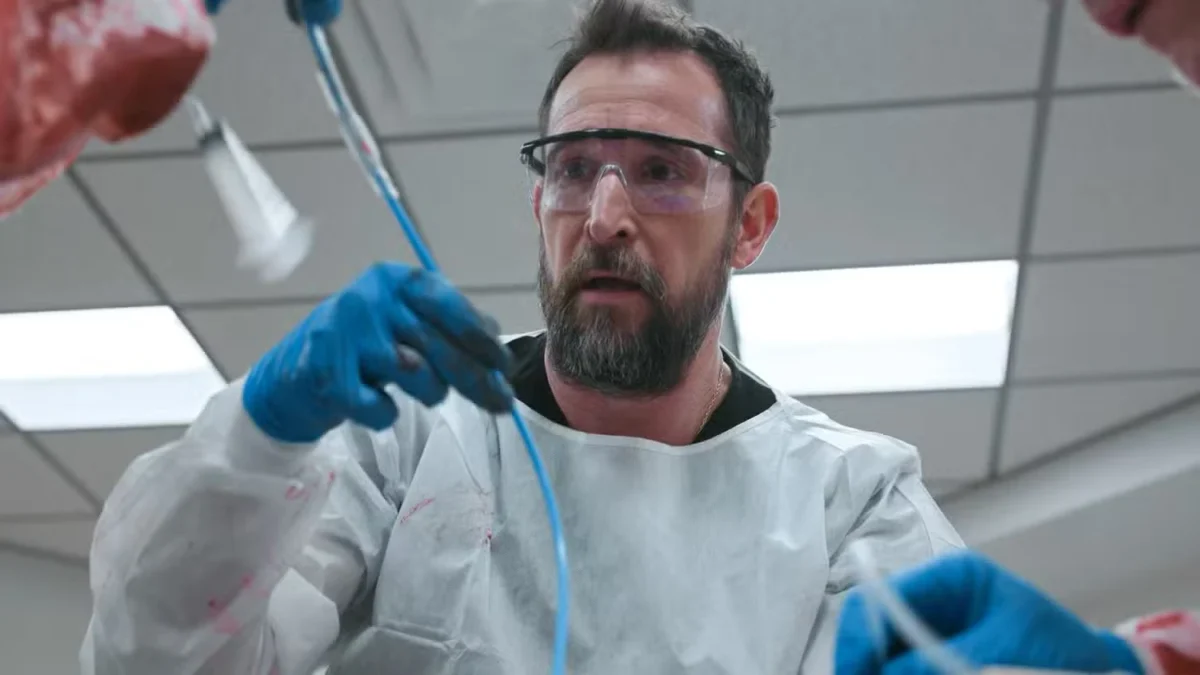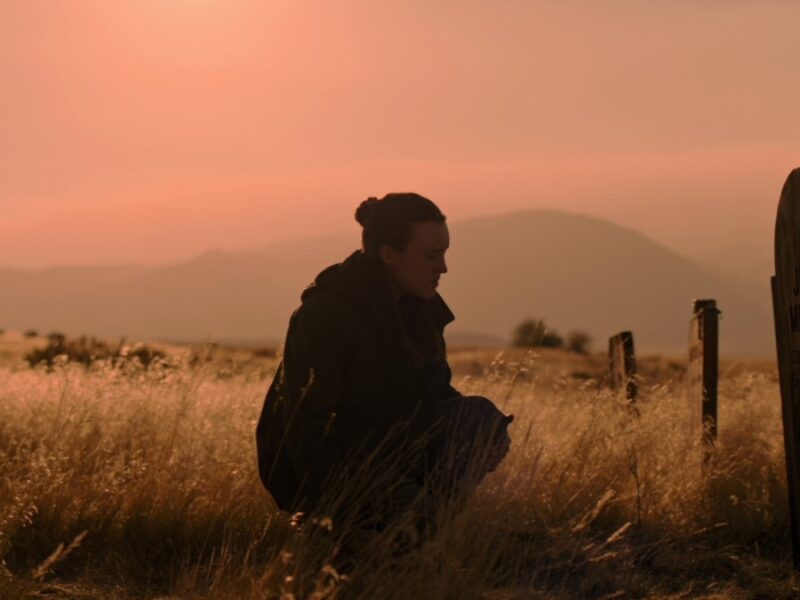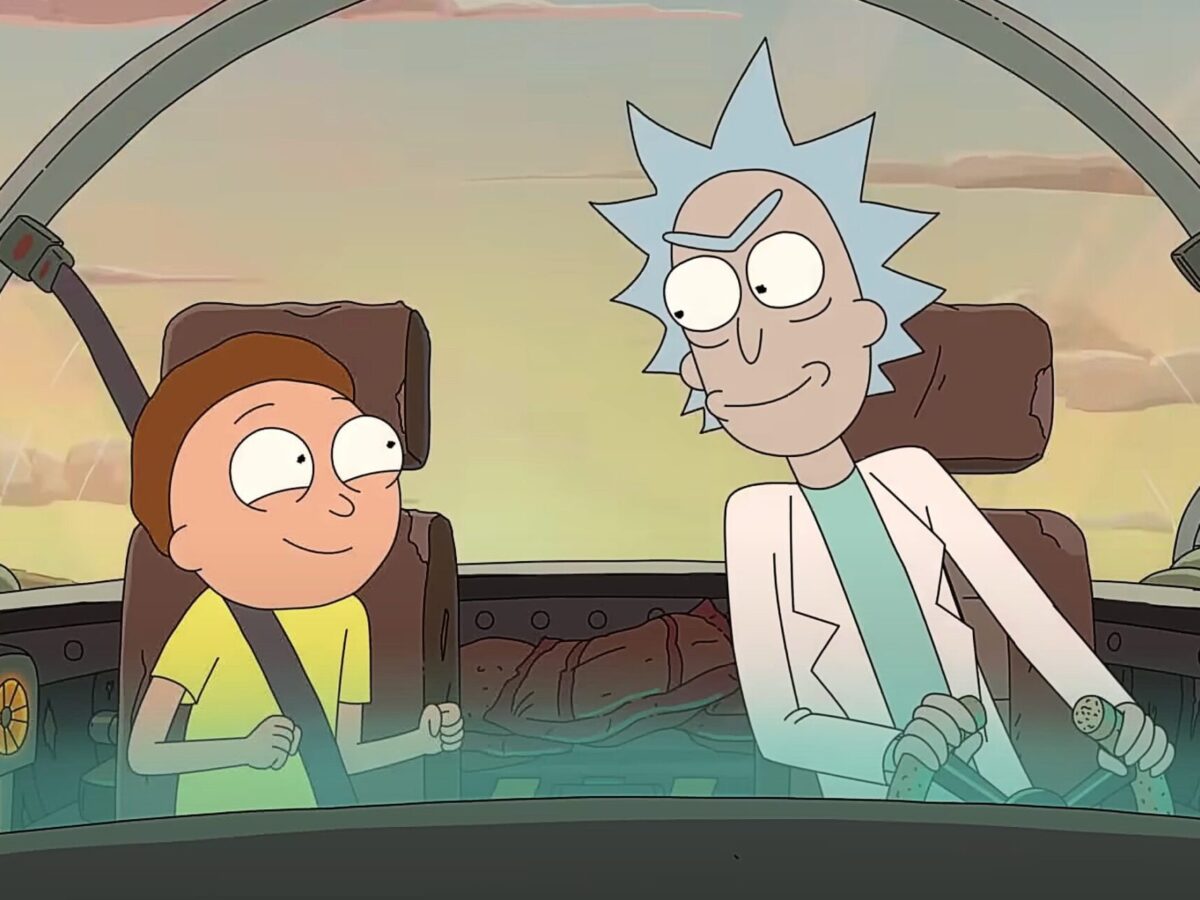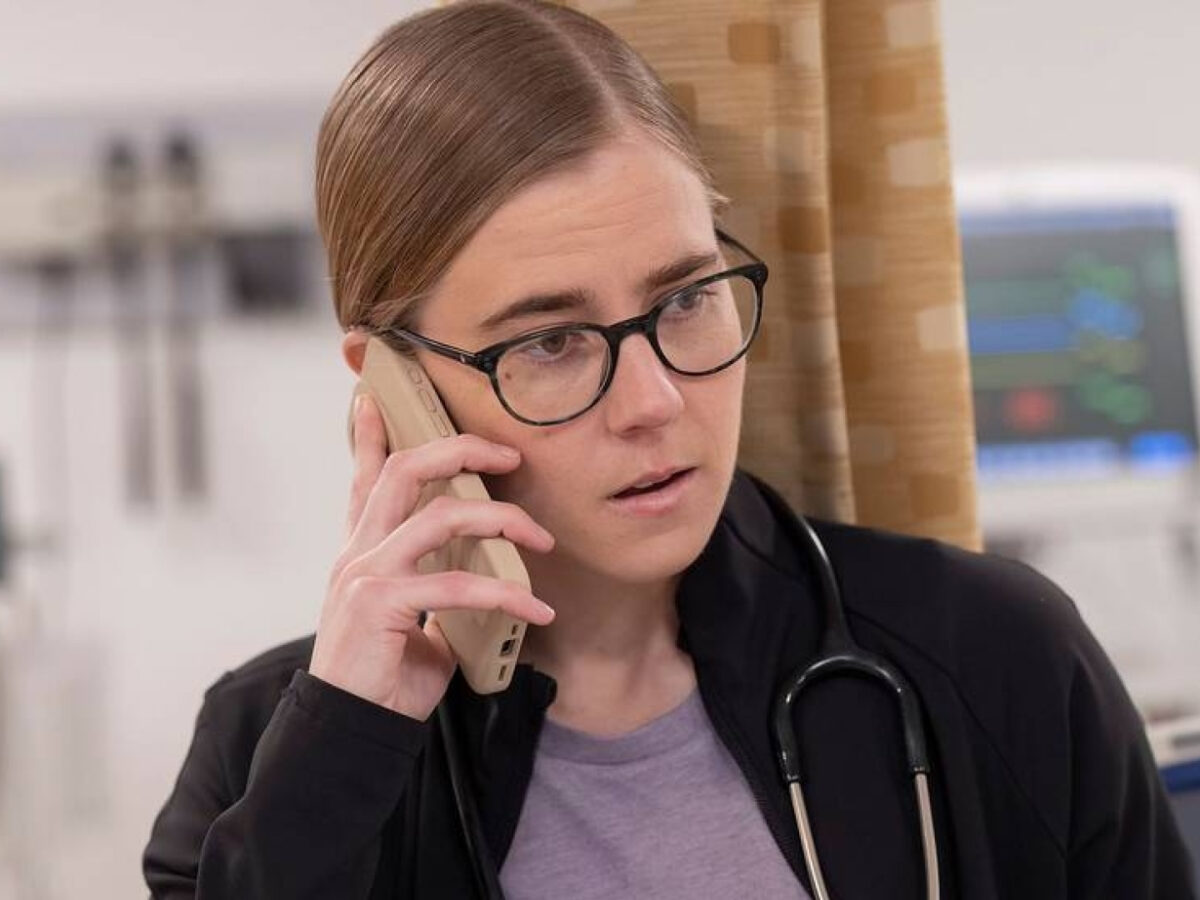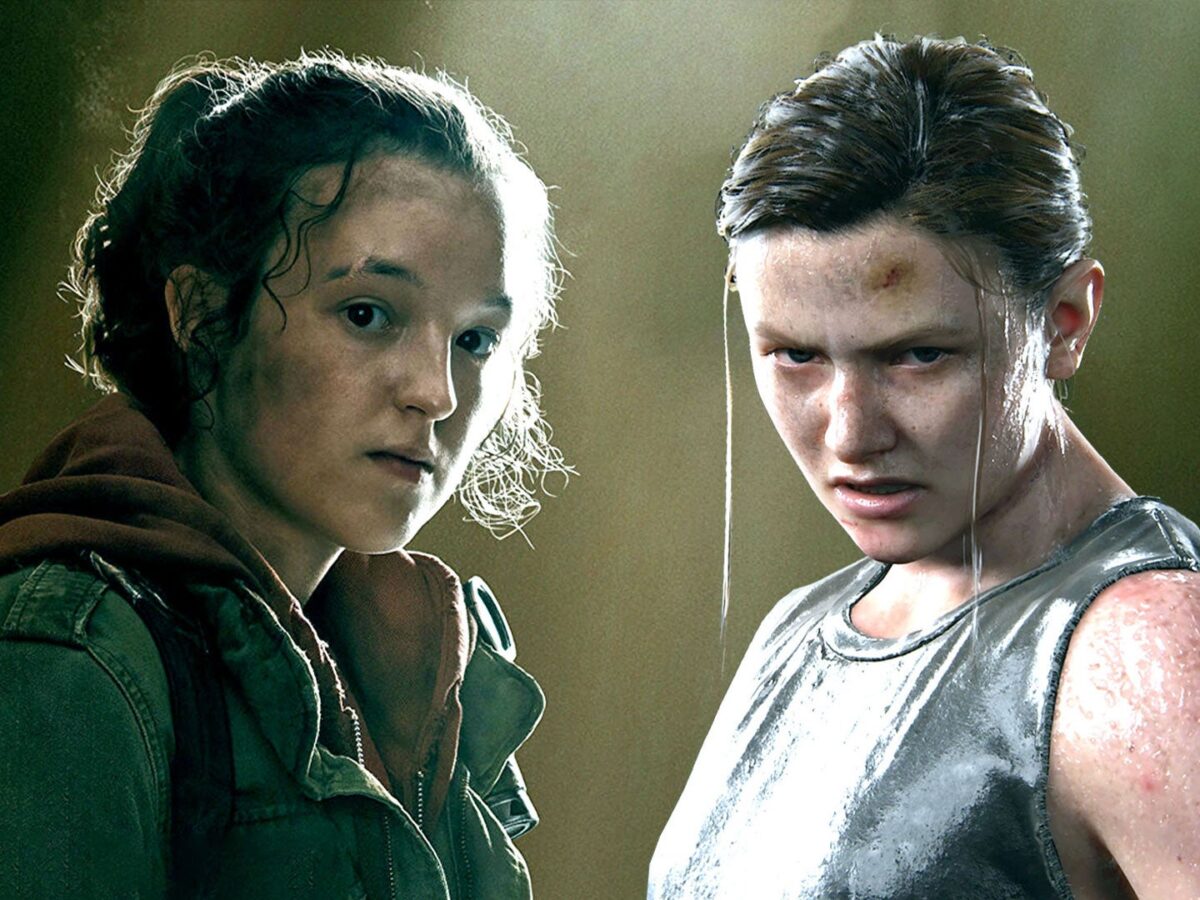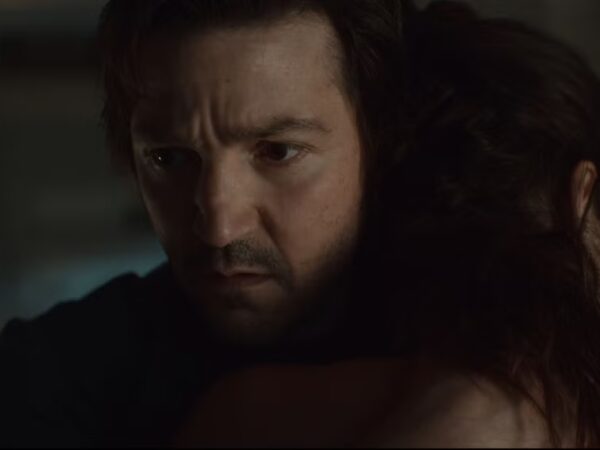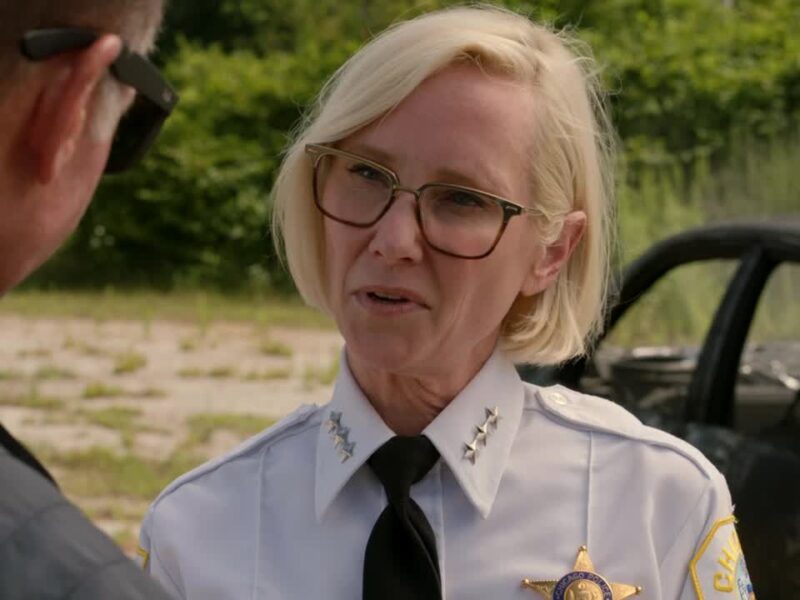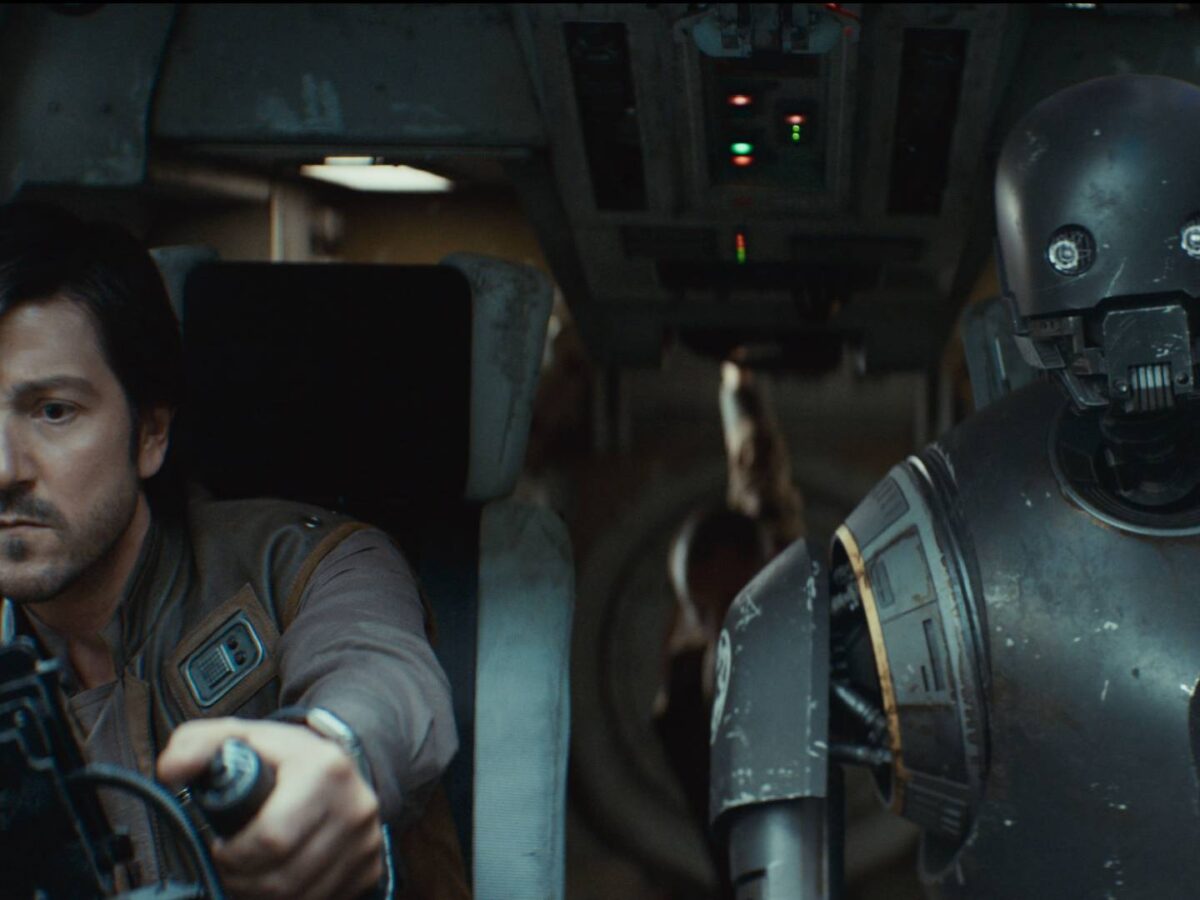As The Pitt wrapped its first season, viewers were left grappling with the emotional and psychological wreckage of the Pitt Fest shooting. The show, which began as a high-intensity medical drama, transformed into something far more profound by the time credits rolled on episode 15. With Noah Wyle‘s portrayal of Dr. Robby spiraling into quiet devastation, the series didn’t just hint at trauma—it lived in it, breathed it, and refused to let the audience look away.
The finale wasn’t just an ending. It was an unmasking. It ripped open everything that had been carefully stitched together across 14 episodes and made it clear that The Pitt isn’t merely interested in saving lives. It wants to confront what happens when doctors can’t save everyone—and how they survive the guilt when they try.
A Trauma Beyond the Frame
The show’s final chapter confirmed what many fans suspected but feared: the Pitt Fest shooting was even worse than portrayed on screen. As Robby addressed his weary colleagues during a late-night handover to the night shift team, he revealed a harrowing truth—112 people were brought into the ER in just a few hours. That number, more than double what was visually represented, reframes the chaos of those scenes.
According to ScreenRant, this small revelation added profound weight to the finale’s emotional punch. Robby wasn’t just exhausted—he was cracked open by responsibility, by the weight of every unseen patient. Losing Collins, Langdon, and ultimately Jake wasn’t just a loss of support, it was a collapse of Robby’s emotional scaffolding. The revelation also gave retroactive power to quieter moments from earlier episodes, now tinged with the unbearable knowledge of what was unfolding off-camera.
Who Didn’t Make It
Among the six who couldn’t be saved, Leah’s death stands as the series’ emotional core. As Jake’s girlfriend and a bright presence in Robby’s orbit, her demise wasn’t just tragic—it was personal. Her death triggered Robby’s panic attack and marked the start of a psychological descent that would define the final stretch of the season.
While the series tactfully avoids turning tragedy into spectacle, it doesn’t shy away from showing grief. Entertainment Weekly noted that the morgue scene, where nurses quietly mourned over the unnamed victims, delivered one of the season’s most sobering visuals. The decision to leave most of the fatalities faceless was deliberate. It echoed real-life mass casualty events where not every story gets told, but every loss is deeply felt.
Shifting Roles, Rising Stakes
The finale didn’t just close storylines—it reversed character dynamics in a way that promises exciting developments for season two. As Dr. Trinity Santos and Dr. Dennis Whitaker stepped into leadership roles, it became clear that The Pitt isn’t afraid of evolution. Characters that began in the background have stepped forward, creating new power dynamics and potential clashes.
That shift is especially thrilling for fans eager to see how Robby rebuilds—or fails to. Collider observed that the show’s strength lies in its ensemble, and with such rich character arcs laid out, the next season has a wealth of emotional territory to mine. Will Robby return as a mentor, a broken man, or something in between? And how will Santos, now empowered, carry the trauma forward?
With a tone that dances between ER and Station Eleven, The Pitt has positioned itself as one of Max’s most daring new dramas. It doesn’t offer easy resolutions—just hard truths and the quiet dignity of those who keep showing up anyway.
